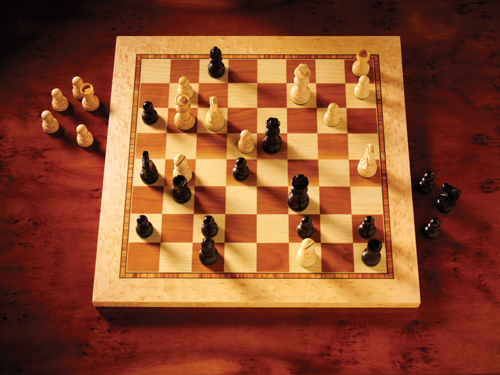10. People have to Use Information to Make it Stick
How do people move things from working memory into long-term memory? There are basically two ways: repeat it a lot, or connect it to something they already know.
Repetition Physically Changes the Brain
There are 10 billion neurons in the brain that store information. Electrical impulses flow through a neuron and are moved by neuron-transmitting chemicals across the synaptic gap between neurons. Neurons in the brain fire every time we repeat a word, phrase, song, or phone number we are trying to memorize. Memories are stored as patterns of connections between neurons. When two neurons are activated, the connections between them are strengthened.
If we repeat the information enough times, the neurons form a firing trace. Once the trace is formed, then just starting the sequence triggers the rest of the items and allows us to retrieve the memory. This is why we need to hear information over and over to make it stick.
Experience causes physical changes in our brain. In a few seconds, new circuits are formed that can forever change the way we think about something or remember information.
The Power of a Schema
If I ask you to describe what a “head” is, you might talk about the brain, hair, eyes, nose, ears, skin, neck, and other parts. A head is made up of many things, but you’ve gathered all that information together and called it “head.” Similarly, I could talk about the “eye.” You would think about all the things that make up an eye: the eyeball, iris, eyelash, eyelid, and so on. The head is a schema. The eye is a schema. People use schemata (plural for schema) to store information in long-term memory and to retrieve it.
If people can connect new information to information that is already stored, then it’s easier to make it stick, or stay in long-term memory, and easier to retrieve it. Schemata allow people to build up these associations in long-term memory. Just one schema helps them organize a lot of information (Figure 10.1).
Figure 10.1. A head is made up of eyes, ears, nose, mouth, hair, and other parts. Combining those parts into one schema makes them easier to remember.
Experts Store Information as Schemata
The better people are at something, the more organized and powerful their schema about it will be. For example, players who are new to the game of chess need a lot of little schemata: the first schema might be how to set up the pieces on the board, the second might be how a queen can move, and so on. But expert chess players can pile a lot of information into one schema with ease. They can look at a chessboard in the middle of a game and tell you what some of the starting moves were, the strategies for each player, and what the next move is likely to be. They could certainly recite how to set up the board and how each piece can move. What would take many schemata for novice players, expert players can store in one schema. This makes retrieval of information faster and easier and makes it easier for the expert to put new information about chess into long-term memory. The expert can remember a lot of information as a single chunk (Figure 10.2).
Figure 10.2. For experts, everything on the chessboard is in one schema.


